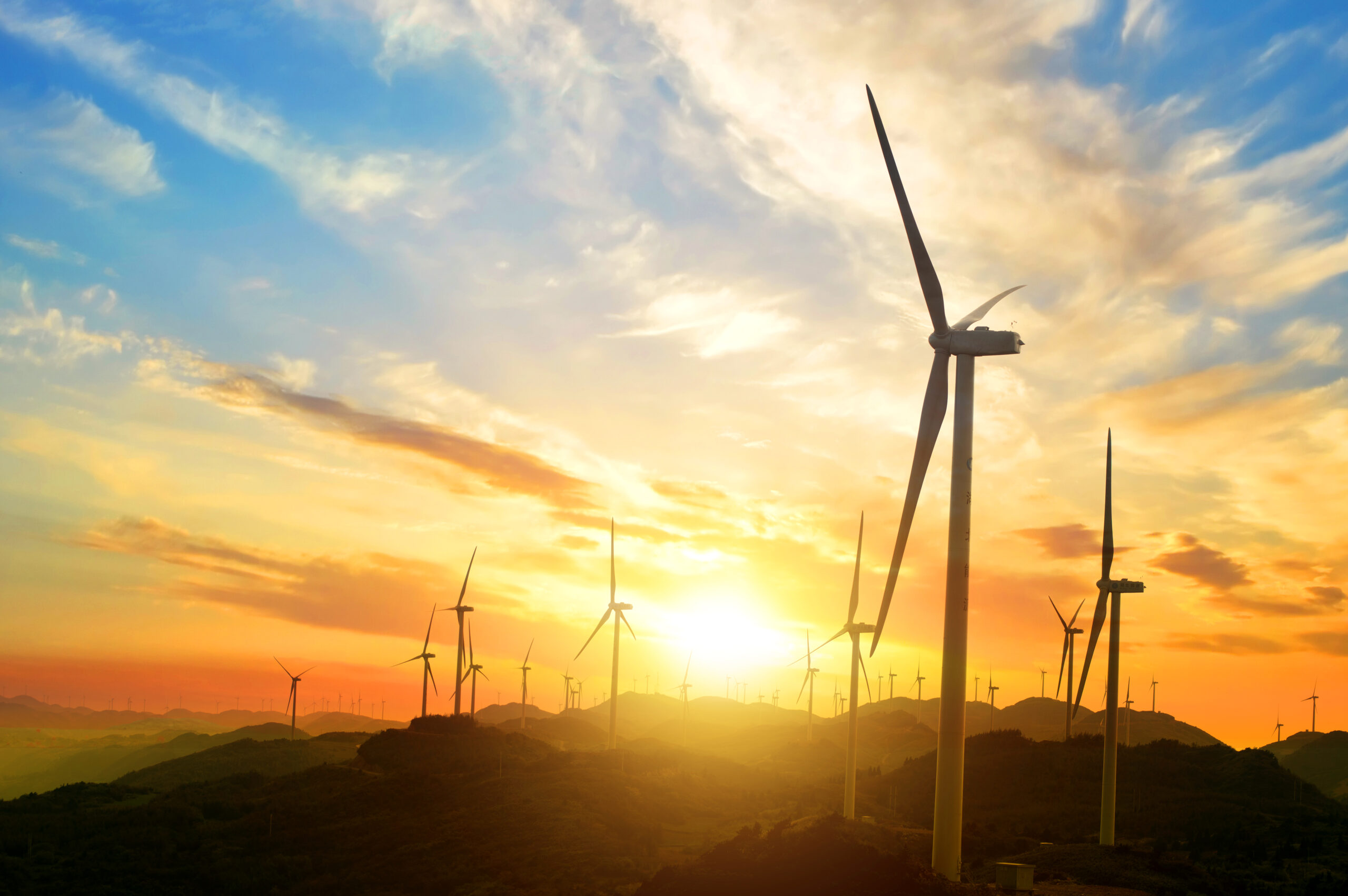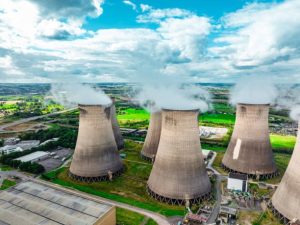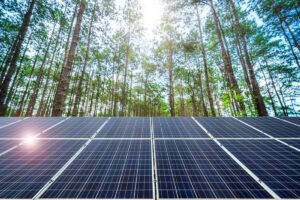By Enersider Desk | New Delhi
India has achieved a milestone in the power sector, with total installed electricity capacity surpassing 500 GW and renewable energy generation exceeding 50% of total demand for the first time.

These developments reflect the country’s ongoing progress in expanding electricity generation and increasing the share of clean energy sources, an official statement said.
As of September 30, 2025, the county’s total installed electricity capacity stood at 500.89 GW, according to the statement. In comparison, the installed capacity was 249 GW as of March 2014, indicating a substantial rise over the past decade.
Non-fossil fuel sources, including renewable energy, hydro, and nuclear, accounted for 256.09 GW or about 51% of the total demand, while fossil-fuel-based sources contributed 244.80 GW, or roughly 49%.
Within renewable energy, solar power contributed 127.33 GW and wind power 53.12 GW. During the first half of FY 2025–26 (April–September 2025), India added 28 GW of non-fossil capacity and 5.1 GW of fossil-fuel capacity.
On July 29, 2025, India recorded its highest-ever renewable energy share in electricity generation, when renewables met 51.5% of the total electricity demand of 203 GW. On that day, solar generation reached 44.50 GW, while wind generation stood at 29.89 GW, and hydro generation at 30.29 GW.
Officials noted that this progress has enabled India to reach one of its COP26 Panchamrit targets—achieving 50% of installed electric power capacity from non-fossil fuel sources by 2030—five years ahead of schedule.
The development, according to the government, is contributing to employment generation across manufacturing, installation, maintenance, and related areas.
The Ministry of Power and the Ministry of New and Renewable Energy (MNRE) acknowledged the contribution of power generation companies, transmission utilities, system operators, and state agencies in achieving these outcomes.
Also Read: JSW Energy looks to operationalise 5 GWh battery assembly unit in Pune in 3rd quarter






